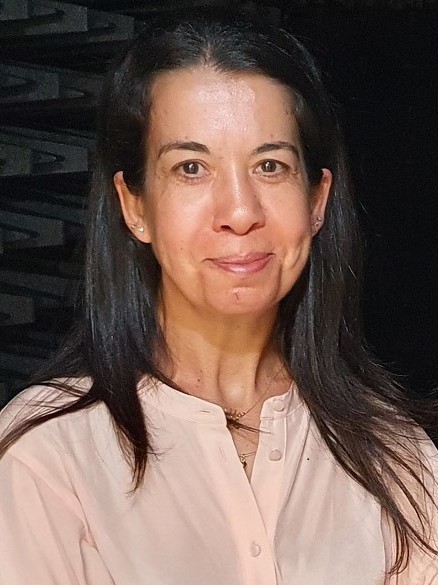resumo
Lanthanide orthoantimonates represented by the chemical formula LnSbO(4) (Ln are all the lanthanides elements with exception of cerium and promethium) were synthesized via solid-state reactions. The crystalline structures of LnSbO(4) were determined by high-resolution Synchrotron X-ray diffraction and the Rietveld method. The samples exhibited monoclinic structures with two different arrangements as a function of the ionic radius of the lanthanide metal. For compounds with the largest ionic radii (Ln = La and Pr), the P21/n space group was determined, while compounds with intermediate and smallest ionic radii (Ln = NdLu) were described under the P2(1)/c setting. Raman spectroscopy was employed to study the vibrational features of all compounds, allowing us to determine the characteristic phonons for each structure and, consequently, to establish the relationship between chemical environment and vibrational properties. Optical features of typical SmSbO4 and TbSbO4 were thoroughly investigated, and the results indicate that the orthoantimonates are promising luminescent inorganic materials. The photoluminescence spectra (emission and excitation) of both compounds were obtained as a function of temperature under ultraviolet radiation, showing strong orange (Sm) and green (Tb) emissions, respectively. Chromaticity diagrams (CIE) were also determined for all LnSbO(4) series, aiming to bring forward the color coordinates for these emitters tuned by the chemical environment and temperature.
palavras-chave
MICROWAVE DIELECTRIC-PROPERTIES; X-RAY-DIFFRACTION; RARE-EARTH IONS; CRYSTAL-STRUCTURE; LUMINESCENT PROPERTIES; PHONON MODES; CONVERSION LUMINESCENCE; DOUBLE PEROVSKITES; RAMAN-SCATTERING; CERAMICS
categoria
Chemistry; Materials Science
autores
Siqueira, KPF; Lima, PP; Ferreira, RAS; Carlos, LD; Bittar, EM; Granado, E; Gonzalez, JC; Abelenda, A; Moreira, RL; Dias, A
nossos autores
agradecimentos
The Brazilian authors acknowledge the financial support from CAPES, CNPq, FINEP and FAPEMIG. The Portuguese authors acknowledge the Fundacao para a Ciencia e a Tecnologia (FCT, Portugal), the European Union, QREN, FEDER through Programa Operacional Factores de Competitividade (COMPETE) and Laboratorio Associado Centro de Investigacao em Materials Ceramicos e Compositos, CICECO (FCOMP-01-0124-FEDER-037271-Ref. FCT PEst-C/CTM/LA0011/2013), for their general funding scheme. PPL (BPD/UI96/5458/2014) also acknowledge the postdoctoral scholarship under the Project Mais Centro - PORC, CENTRO-07-ST24-FEDER-002032. Special thanks to Prof. Franklin M. Matinaga (UFMG) for Raman measurements in Ho- and Er-containing ceramics. Thanks are also due to Dr. Marcus Vinicius Baeta Moreira for the sample's photographs taken during PL measurements.




